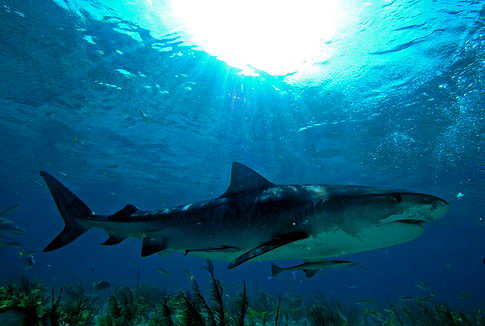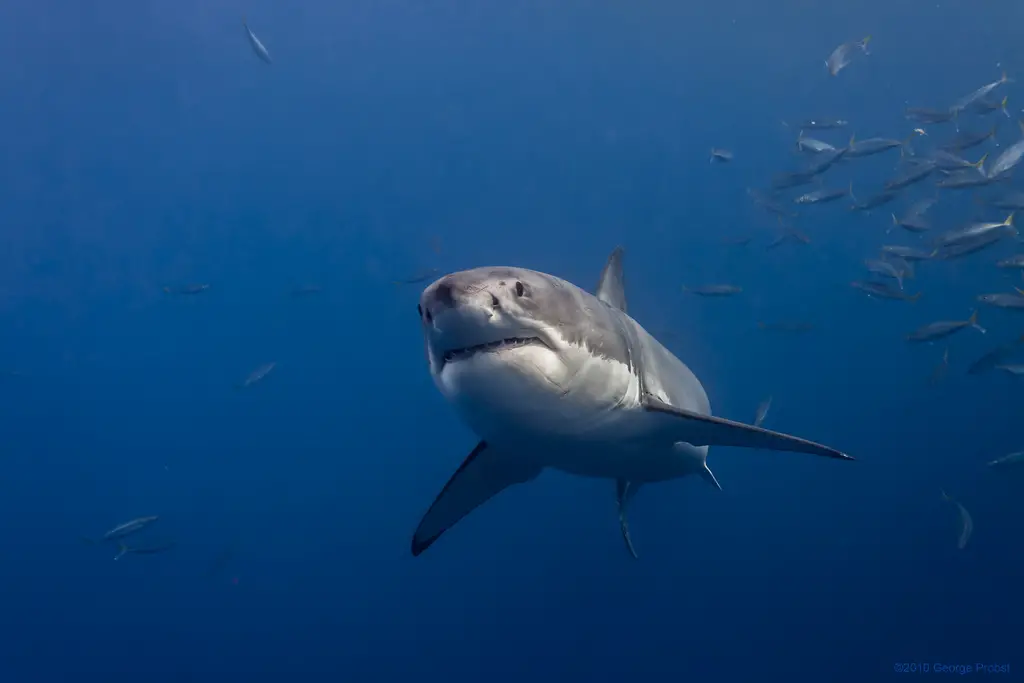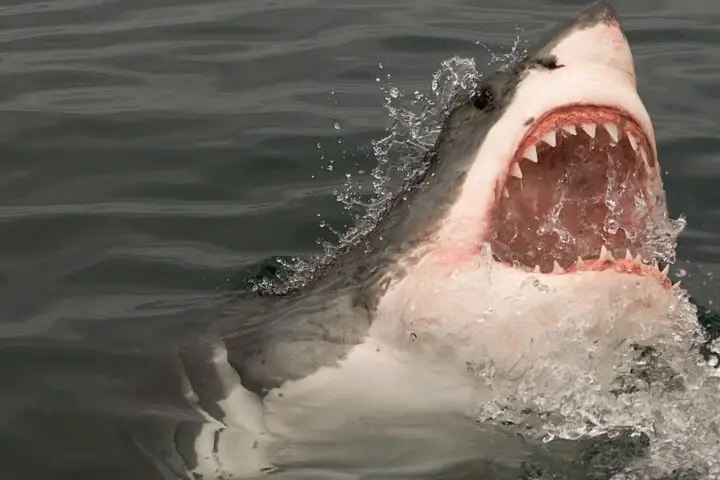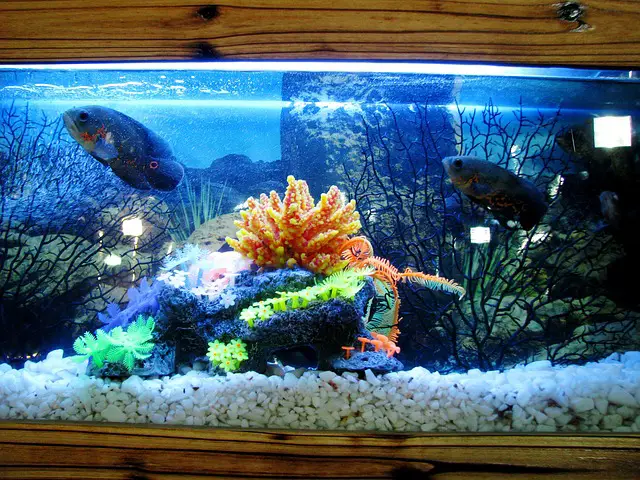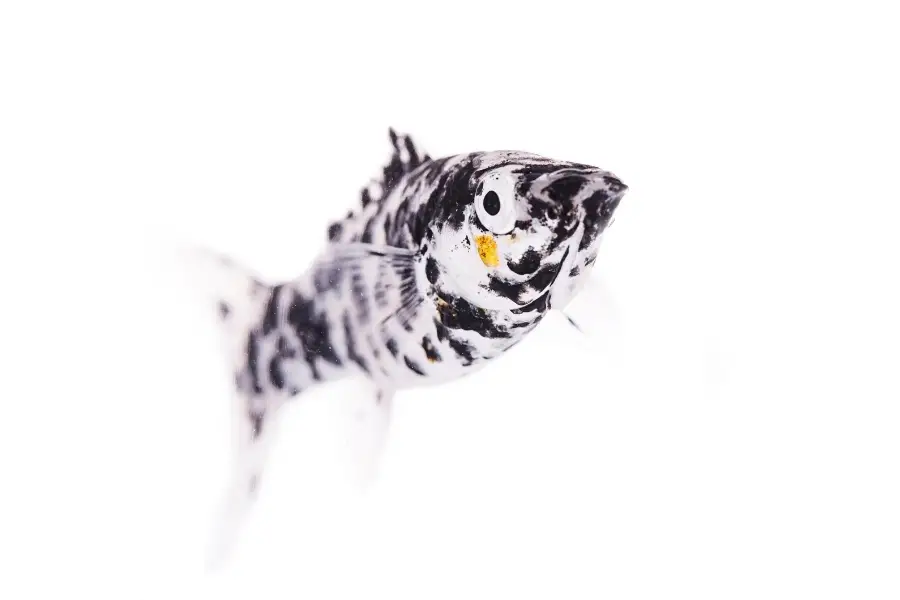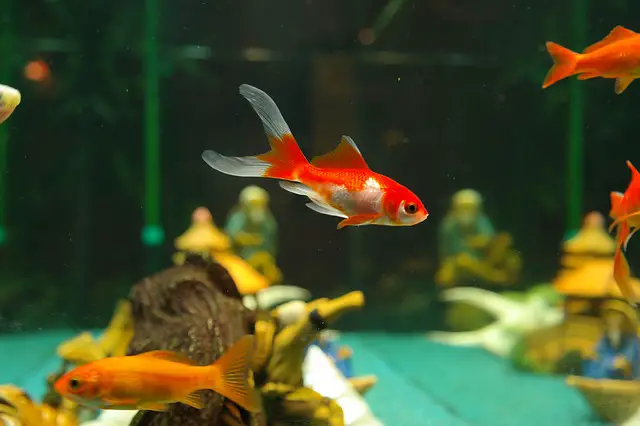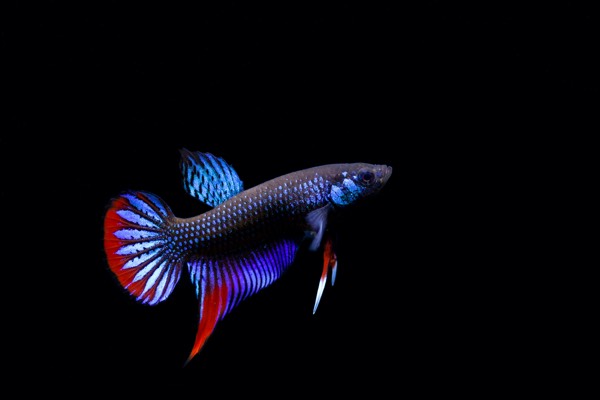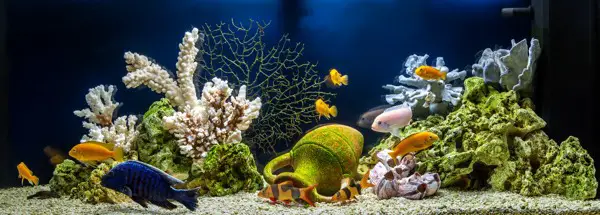Here you shall come across some of the most important nurse shark facts such as nurse shark diet, habitat, reproduction, and physical behavior. The nurse shark (Ginlymostoma cirratum) is a shark that belongs to the family of Ginglymostomatidae. These sharks species are associated with the genus Ginglymostoma. They can grow to a size of about 4.3 meters (14 feet), with a weight measuring at 330 kg (730 lb). These sharks are called by different names such as carpet shark, cat shark, sand shark, and dogfish and are known to dwell at the bottom of the ocean. Although nurse sharks are not extensively hunted by fishermen yet their commercial importance is by no means less than other sharks. For instance, the native people or the fisheries hunt these species to make tough leathers and liver oil. These sharks are not exclusively termed as real threats to humans unless disturbed.
Fascinating Nurse Shark Facts
- The nurse sharks are largely nocturnal animals as they come out to hunt at night.
- These species like to live beneath the submerged ridges and crevices inside the reef.
- They are considered to be solitary hunters.
- The nurse sharks spend their daytime in groups comprising 35 – 40 dormant individuals.
- The nurse sharks also graze on coral and algae.
- They are typically bottom-dwellers.
- They tend to breathe through their mouths as well as out grills.
- The nurse sharks measure around 9 feet in length.
- They have a horizontal and stretched out body coupled with yellowish-brown skin.
- The nurse shark has a long tail.
- The nurse shark lives up to 25 years
Where Do Nurse Sharks Live
The nurse sharks are widely known to live at the bottom of the ocean waters including subtropical and tropical waters. They reside in the continental and insular shelves. The nurse sharks inhabit 75 meters (246 feet) deep into the water. Some of the most common nurse shark habitats are found in the Rhode Island, Sand flats, mangrove islands that extend from southern Brazil to the eastern Atlantic Ocean. A good many number of these individuals exist in the Islands of Baja California, Caribbean, and Peru.
What Do Nurse Sharks Eat | Amazing Nurse Shark Facts
The nurse sharks are primarily feed on mollusks, sea snakes, fish, stingrays, algae, coral, crustaceans, and tunicates. They are typically solitary hunters and they will mostly hunt at night. These species also prey on dormant fish which is too fast. However, due to the small size of their mouth, nurse sharks cannot swallow large-sized prey.
Nurse Sharks Reproduction
- The nurse sharks are ovoviviparous species and the mating season begins from June to the late July.
- The gestation period lasts for 6 months.
- The females give birth to 21 – 29 pups.
- The females will not produce another batch of eggs after 18 months of their first one.
- The juveniles of nurse sharks measure around 30 cm in length.
- At birth, the young exhibits marked coloration that fades away with the age.

